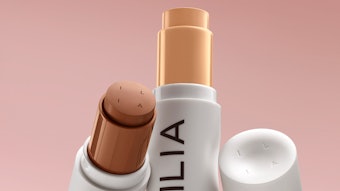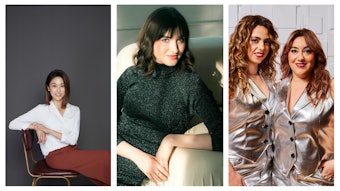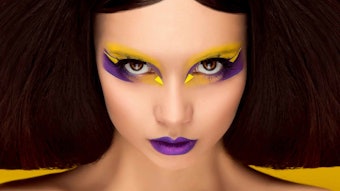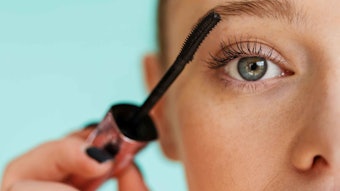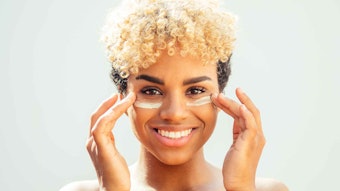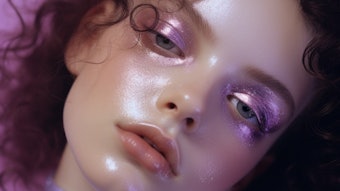As I write this, I have just made a bold appearance in Rio de Janeiro; and no, this has nothing to do with topless beaches. At the 2013 IFSCC Conference, colleagues were surprised by my feisty new auburn hair color, formerly a light blonde. In fact, some did not recognize me. My bold appearance even made its way into a media demonstration at the L’Oréal Research Center, although to show hair damage, but still. . .
Cosmetics & Toiletries' latest collection of articles is also all about appearances. For example, Joe Schwarcz, PhD, author of the Frontiers of Science Award-winning paper, will make an appearance at the 2013 Annual Meeting of the Society of Cosmetic Chemists. He will present his paper, which debates consumer perception of cosmetic safety versus scientific fact. Concerns over endocrine disrupters, carcinogens and more are mostly dispelled, although areas for improvement are also recognized.
Chulasiri et al. view appearance in a new light, literally, with color-travel pigments layered in such a way that, when applied via a pressed powder, make the face appear slimmer. Loing et al. also focus on appearance, with an ingredient derived from shea butter to act on the ZAG pathway and decrease the appearance of cellulite.
Beyond sight, the other four senses are also leveraged by manufacturers to sell cosmetic products. In consideration, Dederen et al. summarize 30 dimensions of sensory data, gathered over decades, and describe how to visualize this mass of information in two or three easy-to-see dimensions.
While the end goal of today’s cosmetics is all about appearance, science is what brings it to light, proving there’s more to cosmetics than meets the eye. Paper after paper, and poster after poster reinforced this notion at the IFSCC (see the full report, here). It fills me with wonder and a sense of magic—and just in time for the holidays.
—Rachel L. Grabenhofer

